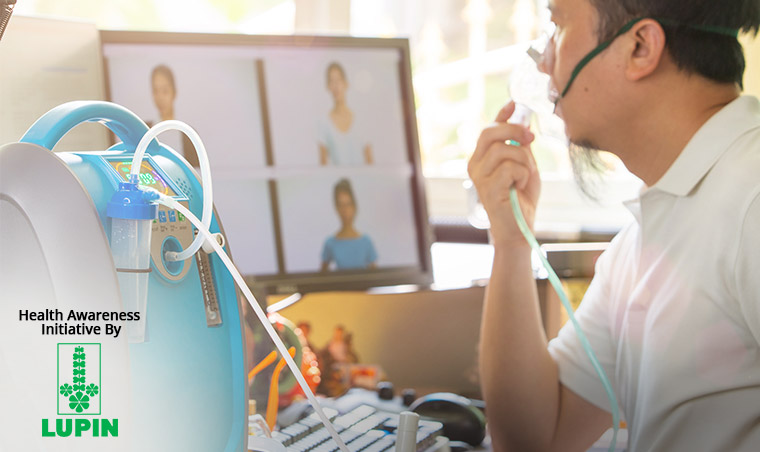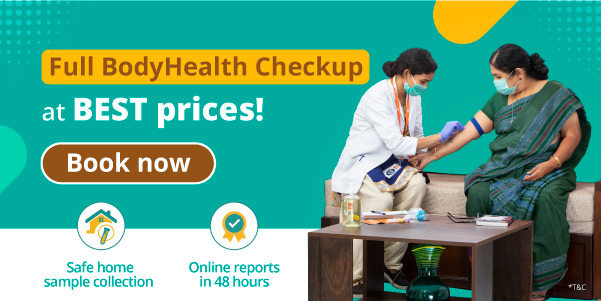Oxygen Concentrators – How Are They Helping The COVID-19 Patients?
By Dr. Nikita Toshi +2 more

Get,

to manage your symptom
Get your,


4 Cr+ families
benefitted

OTP sent to 9988776655



You’ve successfully subscribed to receive
doctor-approved tips on
Whatsapp

Get ready to feel your best.

Hi There,



Register to Avail the Offer
Send OTPBy continuing, you agree with our Privacy Policy and Terms and Conditions

Hi There,

Trusted by 4 crore+ families

OTP sent to 9988776655



You have unlocked 25% off on medicines




Code: NU25




By Dr. Nikita Toshi +2 more
As India is grappling with the Coronavirus pandemic, people are running from pillar to post to arrange hospitals, ICU beds, life-saving medications, ventilators and most importantly ‘oxygen’, to save their loved ones.

Arranging these basic necessities is so tough today because the availability of all these things is way less than what the country requires to win this battle.
In these testing times, Oxygen Concentrators have turned out to be a ‘saviour’ for the people who are mildly affected with COVID-19 and are trying to recover in home isolation, owing to the shortage of hospital beds.
Table of Contents
An oxygen concentrator is a medical device that is generally bigger than a computer monitor. It works by concentrating oxygen from the ambient air and aiding the patient in breathing easily.
In today’s polluted world, atmospheric air contains about 78 percent nitrogen and 21 percent oxygen. The last one percent consists of various other gases.
An oxygen concentrator sucks this atmospheric air, filters it through a sieve/filter and releases the nitrogen back into the atmosphere. The filtered oxygen is given to the patient through a cannula.
The studies have shown that these concentrators produce 90-95 percent pure oxygen. The World Health Organisation (WHO) in 2015 stated, ”Concentrators can operate and produce oxygen 24 hours a day continuously and may last up to five years.”
As the majority of the states in India are facing scarcity of oxygen right now, people should start taking the help of concentrators when their oxygen saturation level drops below 94 percent. Notably, oxygen saturation level between 94-100 percent is considered safe and healthy.
These concentrators are effective on patients whose saturation level doesn’t drop below 90 percent, but they can be of help even for those with oxygen saturation dropping as low as 85 percent. Patients, whose oxygen level drops below this point, will require a better flow of oxygen than these concentrators can offer.
The experts claim that oxygen concentrators are not as good as Liquid Medical Oxygen (LMO), which are 99 percent pure and are a good option for mild to moderate COVID-19 patients, whose oxygen saturation level is at 90 percent or above.
The experts say that these are not appropriate for ICU patients.
Basically, there are two types of concentrators – Continuous flow and Pulse dose.
Continuous flow concentrators keep supplying the same flow of oxygen every minute if they are not turned off. The pulse dose concentrators are a little smarter and read the breathing pattern of the patient and release O2 on detecting inhalation. In the second type, the per-minute oxygen dispensation will vary.
These are the best alternatives of the cylinders and LMO, which are very tough to be transported and stored. Moreover, cylinders require to be refilled but concentrators can keep producing oxygen for up to five years or more, using just the ambient air and a power source.
The only drawback with the concentrators is that they can only supply 5-10 litres of oxygen per minute, while the critical patients may require 40-45 litres per minute.
The cost of these concentrators varies depending upon how much oxygen they produce per minute. Their cost may vary between Rs. 40,000 and Rs. 90,000 in different markets.
As per the experts, if a patient is given one-litre oxygen through a concentrator, the oxygen percentage in the lungs shoots up to 24 percent, while with two litres, it reaches 28 percent and with 10 litres, it rises up to 60 percent. The oxygen per minute has to be regulated as per the requirement.
The patient must consult a physician to know how many litres per minute of oxygen is needed and a pulse oximeter is also necessary to monitor the oxygen saturation.
The quality of oxygen produced depends upon the number of sieves/filters used in the concentrator and their quality is not measured by their weight but by litre per minute output. The ideal weight of these concentrators is less than 27 kgs.
If the concentrator gets heated while working, the quality of oxygen produced may deplete. Hence, it should be used only when required.
The coronavirus pandemic has given a huge boost to the oxygen concentrator sales in India, as their demand has shot up shockingly. Earlier, where the demand was 40,000 concentrators annually, now it has gone up to 30,000-40,000 a month.
Well, oxygen concentrators have been an essential part of every home in China where there are people over 65 years of age. With COVID-19 infecting an increasing number of people on a daily basis, these concentrators can really help the Indian healthcare system.
Grab a concentrator and book a test for advanced health checkup.

Disclaimer: The information provided here is for educational/awareness purposes only and is not intended to be a substitute for medical treatment by a healthcare professional and should not be relied upon to diagnose or treat any medical condition. The reader should consult a registered medical practitioner to determine the appropriateness of the information and before consuming any medication. PharmEasy does not provide any guarantee or warranty (express or implied) regarding the accuracy, adequacy, completeness, legality, reliability or usefulness of the information; and disclaims any liability arising thereof.
Links and product recommendations in the information provided here are advertisements of third-party products available on the website. PharmEasy does not make any representation on the accuracy or suitability of such products/services. Advertisements do not influence the editorial decisions or content. The information in this blog is subject to change without notice. The authors and administrators reserve the right to modify, add, or remove content without notification. It is your responsibility to review this disclaimer regularly for any changes.

Leave your comment...

View all comments(2)
Informative
Thank you, glad you liked it.